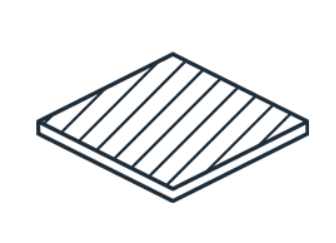AdvanceDock: Our online portal
Here you will find information on our range, stock levels of semi-finished products and prices.
Transparent, quick and easy: Our AdvanceDock online portal allows you to find exactly the product you need with just a few clicks. Here you can find out everything you need to know about the properties of the plastics we offer, compare products with each other, calculate cut sizes and check stock levels. After logging in, further functions are available for you: Notepad, order overview and tracking make the entire ordering process easier for you. Give it a try!






